Clik here to view.
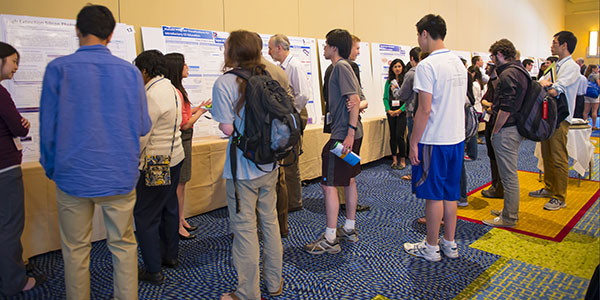 Image may be NSFW.
Image may be NSFW.Clik here to view.
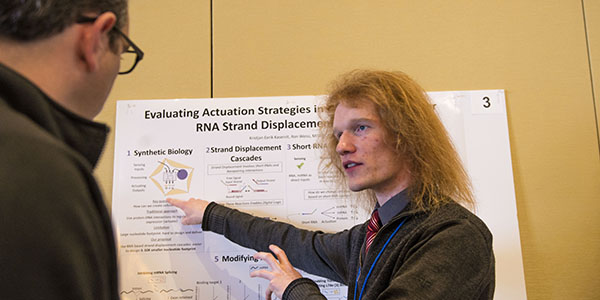 Image may be NSFW.
Image may be NSFW.Clik here to view.
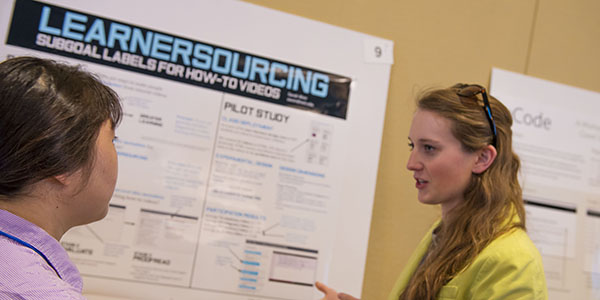 Image may be NSFW.
Image may be NSFW.Clik here to view.
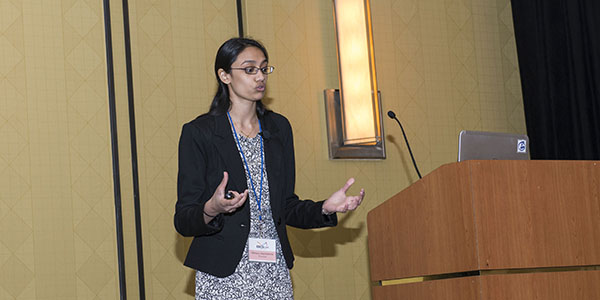 Image may be NSFW.
Image may be NSFW.Clik here to view.
 Image may be NSFW.
Image may be NSFW.Clik here to view.
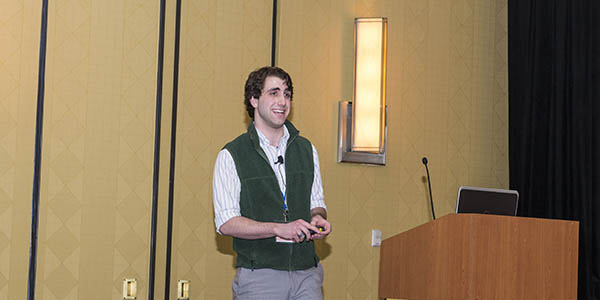 Image may be NSFW.
Image may be NSFW.Clik here to view.
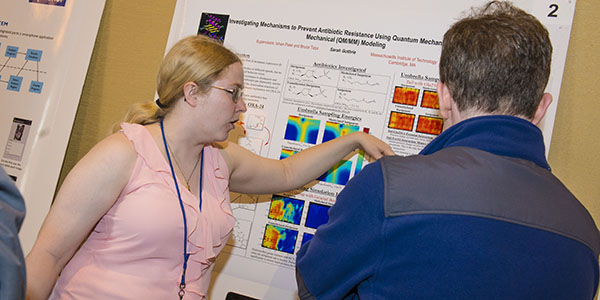 Image may be NSFW.
Image may be NSFW.Clik here to view.
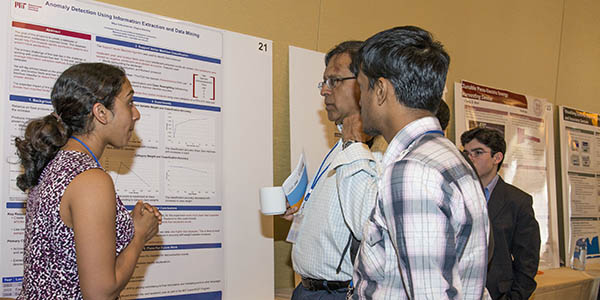 Image may be NSFW.
Image may be NSFW.Clik here to view.
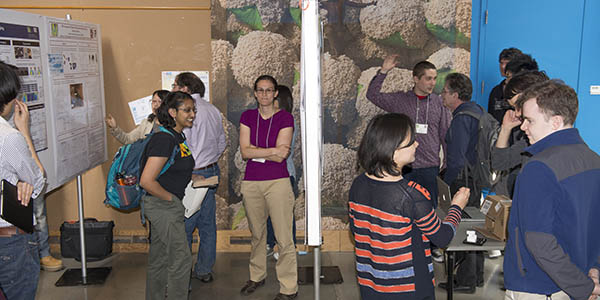 Image may be NSFW.
Image may be NSFW.Clik here to view.
 Image may be NSFW.
Image may be NSFW.Clik here to view.
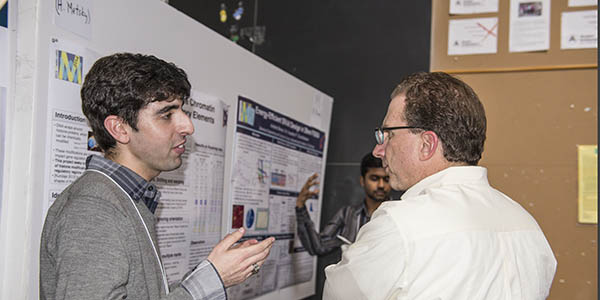 Image may be NSFW.
Image may be NSFW.Clik here to view.
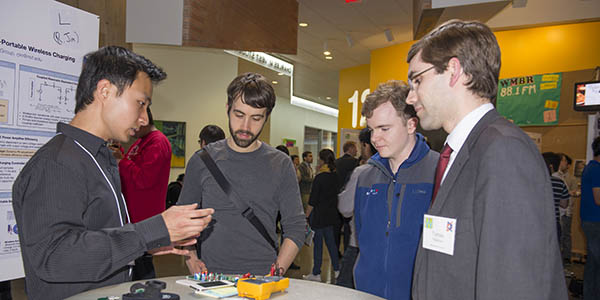 Image may be NSFW.
Image may be NSFW.Clik here to view.
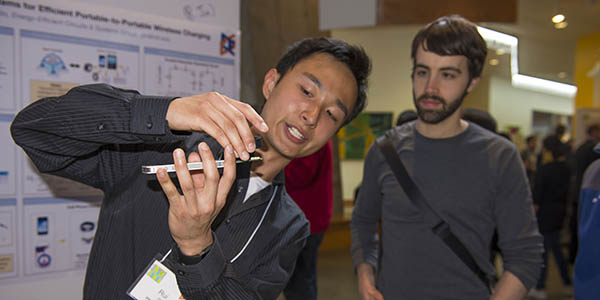 Image may be NSFW.
Image may be NSFW.Clik here to view.
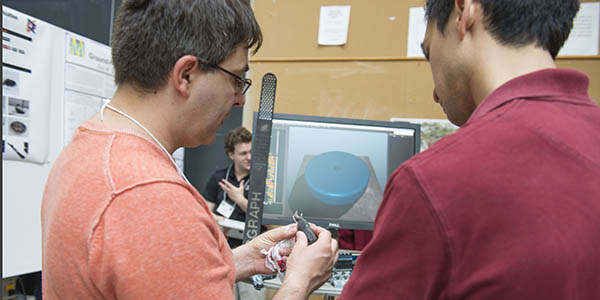 Image may be NSFW.
Image may be NSFW.Clik here to view.
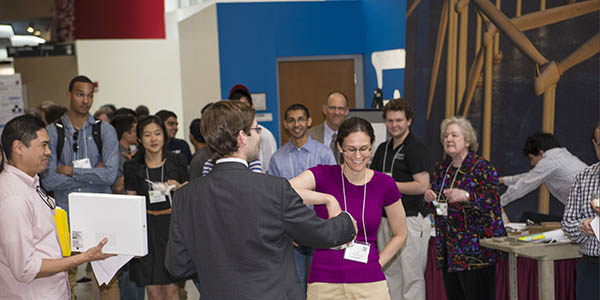 Image may be NSFW.
Image may be NSFW.Clik here to view.
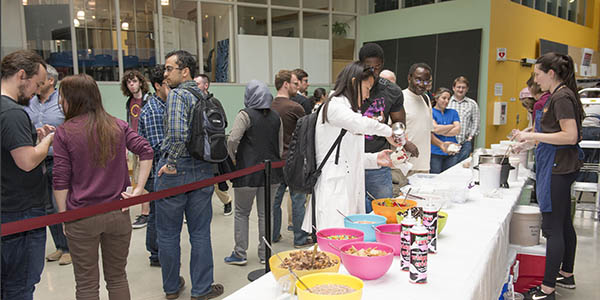
EECScon 2014 and Masterworks 2014 raise awareness of high-level student research
Two consecutive venues provide industry, faculty and student guests with full range and depth of research
Whether it is presented in a formal conference hall at the Kendall Marriott or accompanied with large servings of ice cream along the Charles M. Vest Student Street, research carried out by students in the MIT Department of Electrical Engineering and Computer Science (EECS) has gained a strong professional presence around MIT and beyond. This year, EECS decided to pair its cornerstone venues for showcasing student research — EECScon and Masterworks — in one afternoon (April 22), capturing a large and interested group of guests including fellow students, postdocs, research staff, faculty, and industry visitors.
EECScon, a professional undergraduate research conference, is getting on the map
“The conference was a great opportunity to get feedback from professors and students on the progress I had made in my research,” says Abubakar Abid, EECS senior. As one of the six oral presenters at EECScon 2014, Abid found that he got the added opportunity to answer questions from those who weren’t as familiar with his topic, neural probes. He also says that this feedback is helping him to pitch his work more clearly and concisely in the future.
EECScon, launched in 2013 to provide a professional-level research conference experience for undergraduate students, was again organized and run by EECS students under the guidance of Prof. Joel Voldman. Nearly 170 of the 280+ who registered attended the event -- including a large number of undergraduate students.
Voldman enthusiastically endorsed EECScon 2014 noting the rise in registration and the many touches that elevate this conference to professional standing: peer-reviewed abstracts, professionally printed program, graduate-student mentoring, and both oral and poster presentations. He credited the committee members (Abubakar Abid, Ali Finkelstein, Skanda Koppula, Zeo Liu, Pratheek Nagaraj, Akshay Padmanabha, Hyungie Sung and Benjamin Xie) and the two co-chairs Jenny Shen and Jon Birjiniuk.
Among the strategies established by this group in September 2013, the EECScon committee built in ways to help fellow students prepare – including setting up information booths at study breaks to attract more participants and focusing on individual researchers in their publicity, and increasing the level of interactivity at the conference itself. Committee member Pratheek Nagaraj noted, “We spent time with each researcher to help further their presentations including mentorships and dry runs.”
Grace Teo, a Harvard-MIT Health Science and Technology PhD student, came to see one of her residents, Chelsea Finn ’14, present. “I think it’s really great that EECScon gives their undergrads the opportunity to present their work in such a professional setting, and on a scale comparable to conferences!” she said.
Two sessions featuring poster presentations and three speakers each kept the pace of the 3-hour conference which wrapped up with awards to the top speakers and poster winners. The winners included: first-place oral presentation: Ishwarya Ananthabhotla, (Curved-crease Self-folding for Externally Manipulated Miniature Robots); second-place oral presentation: Abubakar Abid, (Chronic Neural Probes for Brain-Computer Interfaces); first-place poster: Sarah Guthrie (Investigating Mechanisms to Prevent Antibiotic Resistance Using QM/MM Modeling); second-place poster: Caelan Garrett (Heuristic Search for Task and Motion Planning); third-place poster: Michelle Chen and Qui Nguyen (Improving the Monitoring of Vitiligo through a Mobile Medical Imaging Application); and “crowd favorite” poster: Nitya Subramanian (Anomaly Detection Using Information Extraction and Data Mining).
Texas Instruments Heather McCulloh, who is a unit process development manager at MaineFab, was impressed with the quality of work she witnessed at EECScon (and at Masterworks). “I particularly liked the strong understanding the students demonstrated of the significance of their work and competitive technologies,” she noted.
Ishwarya Ananthabhotla, an EECS junior who won the EECScon oral presentation first-place award, reflected on the presentations, saying that it wasn’t just about speaking in technical depth but “telling the story” about the project. Ananthabhotla’s work aims to develop the protocol for self-folding two- into three-dimensional robotics components using global thermal application. The enthusiasm with which she described her work to a roomful set it apart. “I am extremely passionate about my research and am absolutely fascinated with the thought of self-folding structures redefining the way that we think about robotics,” she explained.
Masterworks 2014: a presentation for the Masters (degree) with a “sweet” appeal
Since 1994, when the Master of Engineering Degree, the MEng, was launched in the EECS department at MIT, Masterworks has been an annual venue for Masters and MEng students to present their work using posters (and demo materials) to their fellow students as well as to faculty and outside guests. The lure of ice cream has also been a part of Masterworks for nearly a decade.
This year was the best attended with over 400 students, faculty and industry guests interacting with the 38 presenters. Professors Tomas Palacios and Seth Teller, the Masterworks faculty co-chairs, were pleased with the level of research presentations. Palacios noted “Many of the presenters brought all kinds of demos to better explain and highlight their work — making the event a lot of fun.”
One industry guest noted that both EECScon and Masterworks provided an excellent research topic sharing opportunity. Another appreciated the chance to see the undergraduate research presentations at EECScon followed by the Masterworks research —providing an indication of the depth and growth as students mature in their work. Steve Londrigan, Senior Business Development Manager for EBO USA appreciated both venues to engage directly with the students and learn about new technology and explore new opportunities.
Rob Gilmore, Director of Engineering at Qualcomm, Inc., was impressed with the number of Masterworks students who used prototypes to support their design decisions and to quantify various performance metrics. “I enjoyed the innovative design techniques, user interfaces and 3-D printed components,” he said, adding, “The presentations covered an excellent mix of software and hardware projects.”
Rui Jin, EECS MEng student, demonstrated his wireless charging system that allows a portable device — a cell phone, for example, to charge a variety of other portable devices such as a wearable fitness tracker — taking from 2 -15 minutes for a typical day’s use. He said about Masterworks, “[It] was an incredible opportunity to explain my research and learn about the work of fellow presenters.” As students, industry guests and faculty gathered around his demo, he was able to exchange research ideas — another reason he enthusiastically recommends Masterworks as a culmination of the Master’s degree experience.
Rui Jin and Valentina Shin were selected for the 2014 Morris Joseph Levin Award for outstanding masterworks Thesis Presentation to be presented at the annual EECS Celebrates Award event on May 18. Several other prizes were made at the Masterworks event including raffle prizes made possible by the generosity of Apple and Samsung. See the photos and the 2014 Masterworks website for more information about the individual projects.
News Image:
Clik here to view.
